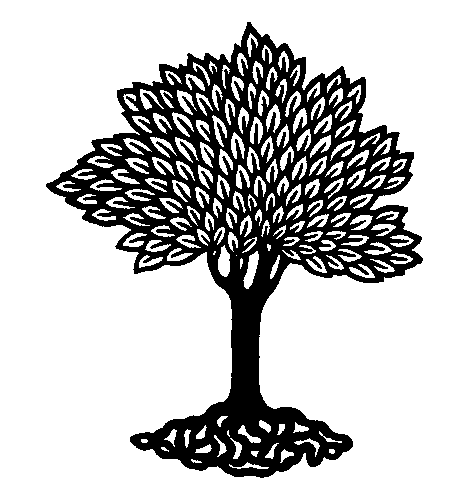
 |
Plant Taxonomy (BIOL308) - Stephen G. Saupe, Ph.D.; Biology Department, College of St. Benedict/St. John's University, Collegeville, MN 56321; ssaupe@csbsju.edu; http://www.employees.csbsju.edu/ssaupe/ |
Angiosperm Plant Families
One of the major topics in this course is plant family identification. We will study approximately 50 common families of plants represented in the Minnesota flora. You will be asked to learn the characteristics of each family. Admittedly, this will require some memory work.
So, why bother? The main reason is that 'family' is the primary unit of classification used by taxonomists. Learning family characteristics is useful because: (a) family taxonomy is relatively stable; (b) it applies to any flora; (c) there is a manageable number of taxa to learn (i.e., for angiosperms - about 400 families vs. 250,000 species); and (d) an unknown species is relatively easy to identify once its family is known. Thus, modern taxonomists and courses in taxonomy concentrate on learning family characteristics.
There are many tips and tricks for learning family characteristics. One of my personal favorites is to construct a mental "type" specimen from which you can reconstruct the major features of the family. Flash cards and comparison tables are also valuable aids.
One point to note - according to the International Code of Botanical Nomenclature, family names should end in "aceae". However, there are a few family names that end with "ae" that have been conserved for historical reasons (see table below). You should learn both names. I will use the standard "aceae" names, but you are welcome to use whichever form you prefer.
The families we will cover during the course are listed in the table below. A PowerPoint summary and a quiz for each family is provided in our Public Folder.
| Table 1: Families to be covered in Plant Taxonomy | |
|
|
References: some great references for studying plant families include:
|
| Top | Plant Tax. Home | SGS Home | Disclaimer | |
Last updated:
08/20/2007 / � Copyright by SG
Saupe